15 Types of Levels to Create a Flat Build Every Time
Author: Omar Alonso | Editor: Omar Alonso
Review & Research: Jen Worst & Chris Miller
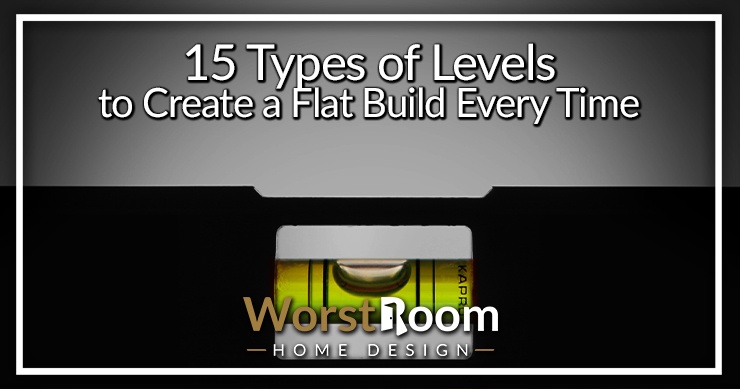
All types of levels are simple instruments that can be used to assess whether the ground or the surface is horizontal or plumb. These levels are a must-have in the arsenal of carpenters, builders, and other maintenance professionals because these levels are the most vital tools they utilize.
In the marketplace, there are different types of levels to choose from. Although some are multipurpose and can be utilized in a variety of scenarios, the majority are designed for a single purpose.
A solid level will assist you in ensuring that everything you construct is straight and balanced. Now, if you're interested in purchasing one or discovering more about this topic, continue reading this article.
15 Types of Levels
Let's take a closer look at these various levels, as well as their uses and characteristics. Here's a rundown of some of the most significant choices for you to consider.
Torpedo Level
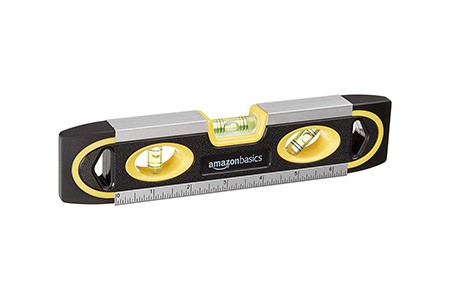
Torpedo level sometimes called boat-shaped level or canoe level is a small level with two or three tube vials and a length of six to twelve inches. The level’s body is constructed of metal or plastic.
This level, in particular, is suitable for working in tight places because of its small frame, which makes taking measurements simple. It can be used to level drawings, figure out the slope of a pipe, and level across distances.
Despite its diminutive size, a torpedo level is quite precise. Although most of the torpedo level is rectangular with curved edges, a few feature a humped top that allows them to be used in confined spaces or at an angle.
It also includes belt clips that make it a lot easier to transport and can be fastened on backpacks and belts. Torpedoes commonly include a specific groove that allows employees to work on cylindrical tubes and structures that have curved or nonexistent angles.
Magnetic Level
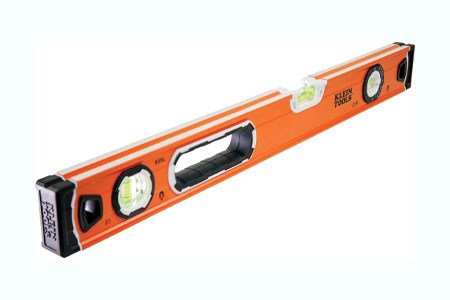
Magnetic level types, as the title indicates, are a level with magnets on the bottom, one or more of which are positioned for easy attachment to various metallic surfaces. The magnetic level is utilized in the construction industry to set up, coordinate, and modify structural parts such as beams.
In addition, these types of leveling tools are especially essential for drywall installation because it ensures that the top (ceiling) and wall surfaces are properly aligned. It's also useful for erecting steel constructions on scaffolding.
The main benefit of having a magnetic level over a non-magnetic one is that this can be specifically linked to the material that needs to be synchronized. Based on the version, size, and supplier of this level, up to three tube vials can be mounted on it for horizontal as well as vertical observation.
Carpenter's Level
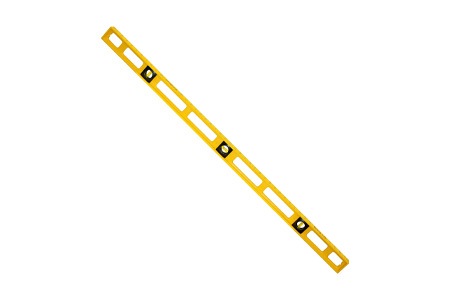
Typically, a carpenter's level is a piece of two-foot-long equipment that's made of wood along with bubble tubes. While we're at it, this is a good point to mention you should have a handful of carpenter's types of pencils so you can mark your line as you go.
This level may feature one or more bubble tubes, with the timber structure coming from a variety of magnificent trees. Stable wood types such as cherry wood mahogany, rosewood, as well as ebony are commonly used.
Moreover, Carpenter's types of levels are also available in aluminum as well as composite materials. Thanks to several parallel lines on the exterior of the vials, the level can easily determine if the angle is perfectly balanced or if there is a slight shift to any of the sides.
This is among the most popular levels among DIYers, as it's excellent for usage at home. It can be used to assemble furniture and decks, as well as to inspect the state of floor coving and hang portraits or artworks on the wall.
Box Beam Level
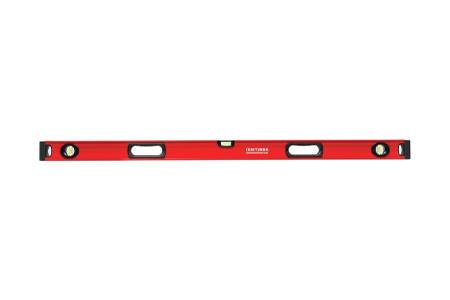
A box beam level, commonly known as box level, is a form of spirit level which takes its title from the design of the level framework. It normally features one or more tube vials for taking measurements and typically has grips for convenient gripping.
Box level is used for a variety of tasks, including fixing and fitting doors, operating on windows, ceilings, and floors, constructing structural framing, and so on. Architects and constructors frequently employ this tool when rebuilding or starting a new project from the scratch.
On a box-beam level, each tube vial includes two parallel lines, with the bubbles lying in the middle. These markers are used to determine whether or not a surface or material is plumb or level. These markers can be used horizontally or vertically to ascertain the measurement.
Pocket Level
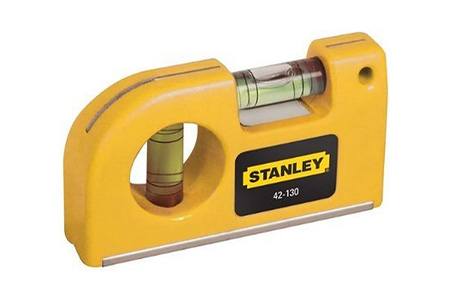
This sophisticated mini-sized level is small enough to carry about with you at all times. It's well-made and comfortable to grasp in your hands. This level makes alignment and leveling steel buildings, particularly those with rounded surfaces, a breeze.
These types of leveling tools have magnets as well as a v-groove that let it attach to metallic floors and surfaces and might even be clipped to a belt. If you prefer a small, lightweight, and portable level that can complete your task precisely, don't forget to write down the name of this level!
I-Beam Level
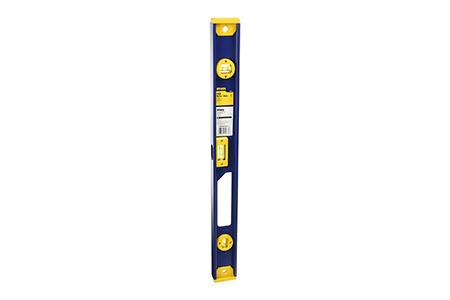
An I-Beam level is a type of spirit level, versatile equipment that's commonly used by architects and builders to ensure a building's structural soundness. This level is substantially lighter than the box beam level when considering the entire weight of all the equipment on the worksite, which is a benefit.
I-Beam level is ideal for basic and moderate use and can live long lives if you maintain it properly. This is an excellent option if you require a level that won't be utilized in an aggressive environment or if you're on a budget.
I-Beam types of levels are less durable than a box level. This level is much more susceptible to fracture and break. Nevertheless, an I-Beam level and a box level, effectively serve the same function, and which one is preferable depends on the user's task.
Spot Laser Level
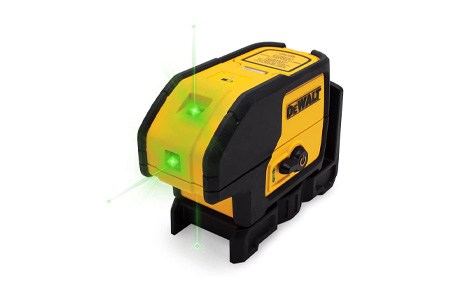
The purpose of a spot laser level is to transmit spots or lights from one ground or surface to the next. It is placed in a specified area to create a horizontal line of lights that can then be used to mark the points of interest.
This can be used to confirm that a beam or the structure is plumb (vertical), or that pipes running from one floor to the next are plumb. In addition, this is a sort of laser level which can be used to hang portraits or beamed ceilings.
These spot laser level types are inexpensive and simple to operate. On the other side, accuracy is a drawback, hence it isn't employed on construction sites where precision is critical. There are also Cross Line Laser Levels which will project both a horizontal and vertical line, if you want that option.
You can, funnily, find these types of leveling tools in both the horizontal orientation, called a spot laser level, or the vertical orientation, called a laser plumb level. You may be wondering why you can't have just one and rotate it in the direction you want. Me, too...
Rotary Laser Level
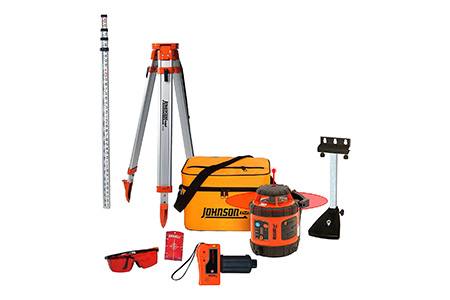
Well, there are some levels with rotating lasers but they only spin in the horizontal plane and do so in a 360 degree manner. They're designed on stands that let you raise or lower the laser to varying heights so you can go all around a room, for instance, and make the leveled line all around the room.
People use these for hanging cabinets, installing all types of shelves, grading surfaces like garage floors using heavy machines, pouring concrete, installing chair rails, and much more.
Cross-Check Level
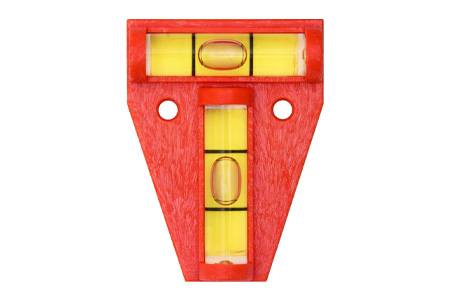
Right-angle levels, as well as 2D levels, are other names for this level. Two bubble vials are located at right angles to one another on this pocket-sized device. This level is used to balance appliances, electronic devices, as well as RVs.
These types of levels might assist you in checking the horizontal and vertical planes in relation to one another. Cross-check levels, like any other small piece of leveling machinery, are best used in the home.
Screeding Level
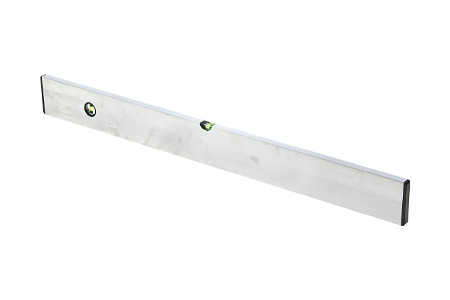
Screeding levels are tall, narrow types of tools that are generally utilized in the screeding procedure to balance concrete floor coverings. This level is bigger and has much more weight than others, and its design and construction make it perfect for floor installation.
When constructing pathways, patios, as well as roads, most contractors employ this equipment. Also, it can be used to balance sands and paving stones, among other things. Although the mass makes it tough to operate on flat walls, yet, it's beneficial in plastering.
This level comes in a variety of lengths, but the most frequent are mostly between 6 and 10 feet. The length you choose will be determined by the work you are performing. It includes handles in the shape of slots that make it easy to grasp and transport.
String Line Level
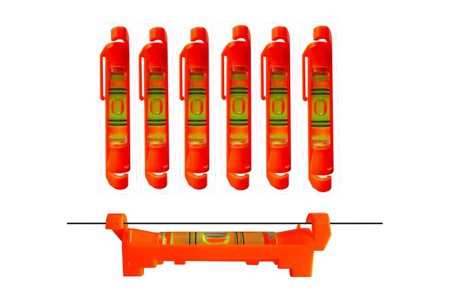
A string line level consists of a tiny bubble vial suspended from a taut rope extended between two positions. By placing the bubble of the vial between the two grooves and tightening the string, you can easily ascertain the level.
When accuracy is required, nevertheless, these level types efficiency is limited, which is a disadvantage. When doing rough carpentry, suspending ceiling tiles, or installing patios, line levels come in useful.
Angle Level
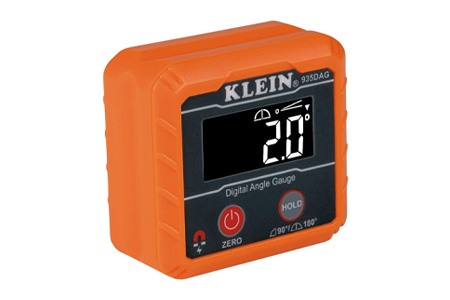
An angle level is kind of like a carpenter's level with a piece that can swivel out between 0 degrees and 180 degrees. It'll feature a horizontal and a vertical bubble or spirit level, plus a digital readout (preferable) to tell you what angle you have it set to.
These are used for various reasons, such as helping plumbers set the tilt of drainage pipes, setting a slight slant on outdoor steps so they run water off of them (though using stairway measuring tools works, too), and other uses where it's all about achieving a perfect and consistent angle.
Post Level
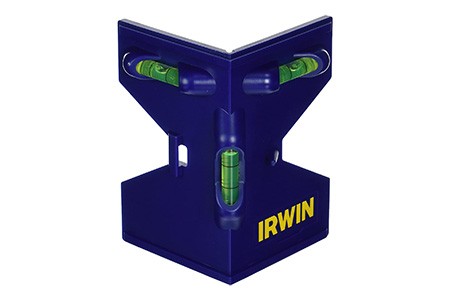
A post level (sometimes called a post & pipe level if it can handle both) is a level that you attach to the side of a vertical post or pipe, which has a turn in it so that it can be read from two sides of a rectangle or rounded pipe.
These L-shaped types of levels will have bubble vials to check the level going both horizontally and vertically so you can ensure the post is straight up and down and not tilting off in any direction. The vertical bubble level will be in the curve of the spine and the horizontal bubbles will be on the two wings.
A good post level will have the means to attach it to a post or pipe, either with a rubber band, magnets, or even a hole to tack it down with a nail or screw. To level a post, a person will need both hands available while steadily checking the level, so this means of attachment is important.
Bull's Eye Level
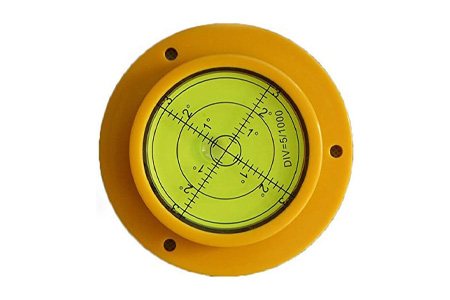
A bull's eye level (sometimes called a Bubble Cardan Level) is kind of like a post level in that it seeks to help you get an item level across several directional planes. The difference here is that these are flat with a circular bubble level.
You can check both the pitch and the roll in these at the same time. Most of these come free of any mounts so you can move them and set them where you please, though some will come with a tripod attachment as well.
Not that some people call these a Circular Bubble as well. These types of leveling tools are used to level out any broad horizontal surface like types of granite countertops or workstations.
Plumb Bob Level
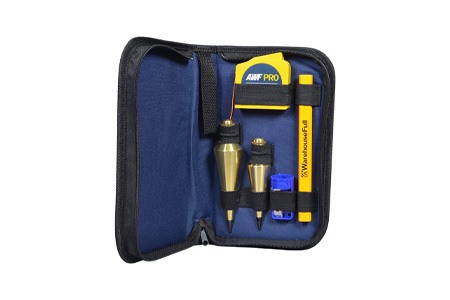
You won't get much use out of this ancient device (a really smart one, at that) these days, but it's cool to know about. A plumb bob level (or a plummet) is nothing more than a weight suspended from a string.
This weight will have a sharp point on the end, like a pencil, basically just to give you a precise measurement along a curved ruler mounted behind it. This ruler is usually marked with the degrees of a circle.
The idea is when you place the flat base against a supposedly flat surface, the weight will hang straight down thanks to gravity. This shows you the nadir (the line pointing straight down) and will also tell you how many degrees from flat your surface actually is.
You can then keep adjusting whatever flat surface you're trying to build by reducing the height of other posts or legs until you get it perfectly flat. A bull's eye level is better, which can give you readings in multiple directions at once, though.
Types of Levels to Get a Perfectly Flat Build
Levels are available in a variety of sizes and so can be pricey or affordable. Knowing your requirements, budget, and the types of jobs you routinely complete will help you decide which level to choose.
That concludes the review! You've undoubtedly learned quite a bit about different types of levels by now; which of these do you think is the most valuable?



